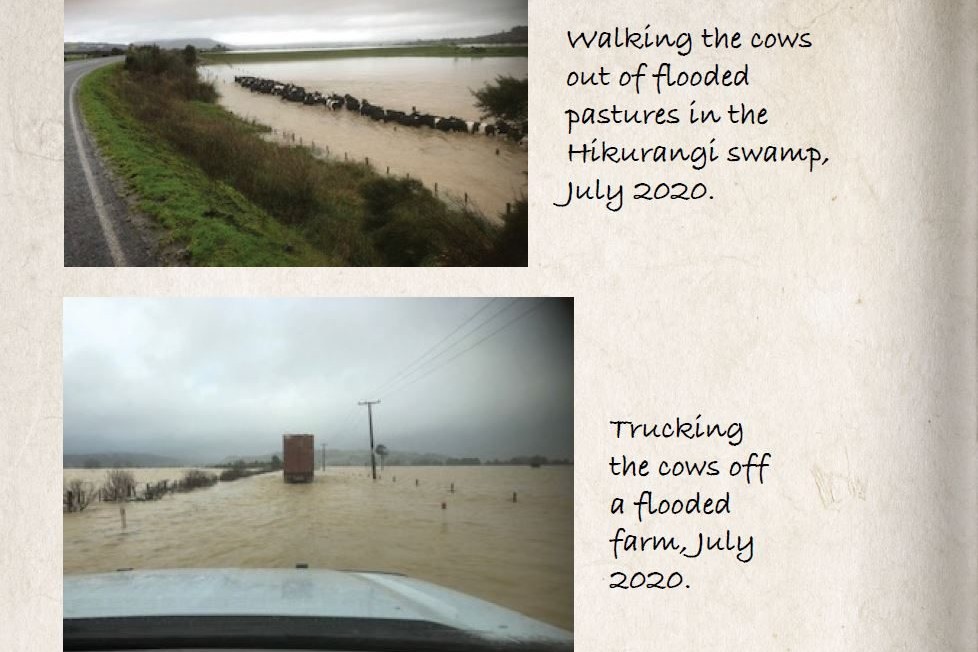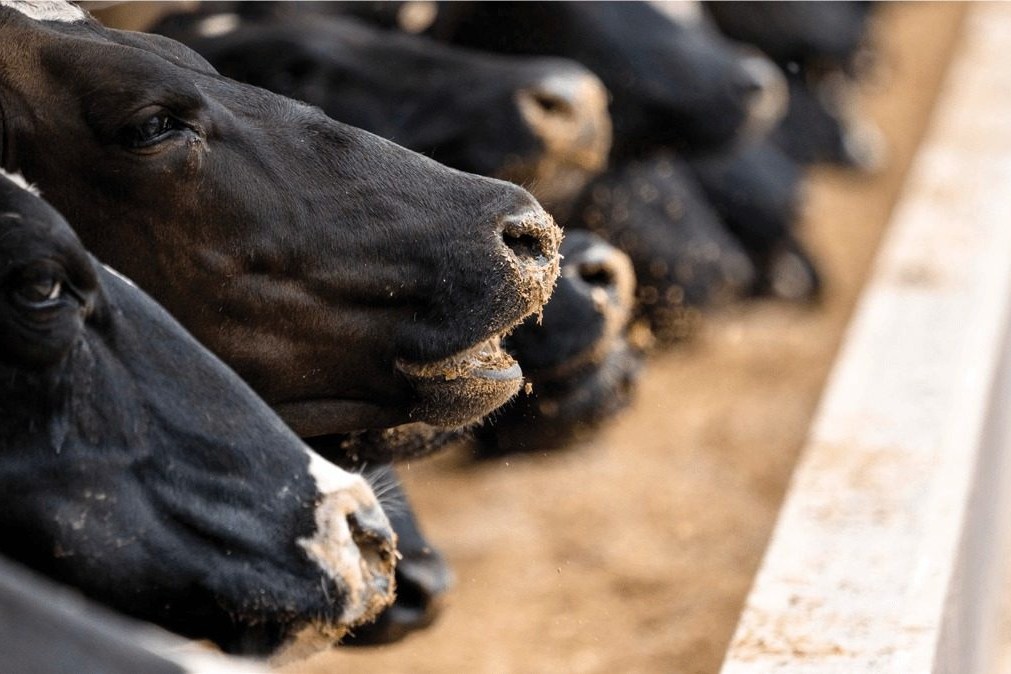Dealing with regular flooding in Taieri is a matter of accepting the inevitable and being prepared for the worst case scenario. Karen Trebilcock reports.
Extreme weather events such as flooding are predicted to increase with climate change, but Taieri dairy farmers are already used to paddocks under water every few years.
“It’s the problem of living in a bathtub,” sharemilker Matt Luke said.
He milks 170 cows on his own farm and another 350 for his parents-in-law Ian and Denise Bryant on both sides of the Taieri River flood bank by State Highway 1’s Flood Free.
The stretch of road was named after the 1980 flood that inundated Dunedin Airport for months.
Thousands of cows were swum to the road, one of the few dry points on the plain, to be trucked as far away as Canterbury and Southland.
This New Year’s flood was minor in comparison. Heavy rain both locally and upstream in Central Otago caused the Taieri River to break its lower banks and Otago Regional Council’s pumps failed to cope, with the land, some of which is below sea level, left waterlogged for weeks. It was nothing unusual for Matt and his family.
He and his wife Keryn are the fourth generation on the farm and know to take heavy rainfall warnings seriously.
“This time we knew about a day ahead that it wasn’t looking good,” Matt said.
They try to have as much of the grass that will go under eaten, but with summer surpluses this time it was close to impossible. Getting the young stock off from the runoff between the river and the State Highway 1 Flood Free was the next priority.
“We can walk them under the road and the rail bridge back to the farm and usually it works okay.
“We’ve had the odd time we’ve had to move them through water and, especially at night, it’s not good. But we’ve never lost any.”
Two years ago, in the 2018 November flood, there were more than a thousand bales of balage just made by the Flood Free. “We had about 300 bales but the neighbours had more. We had about 20 tractors shifting it as the waters came up.
“It was a real community effort to get it off. I’m pretty proud of how everyone got together to do it.”
And with stock and balage safe, it’s then a matter of waiting for the water to go down again to see the damage left behind.
Taieri floods are not fast-moving so little debris is usually left behind. However, water sitting for weeks drowns the grass, especially in summer when temperatures are warm.
“In the winter the grass comes out of the water a lot better but these floods when we’re milking are really damaging.”
This time, as well as using their smaller petrol pumps, they borrowed fellow Taieri dairy farmer Gerald Holmes’ new pump, which runs off a tractor’s PTO.
“It was amazing. It’s the first time it’s been used and the amount of water it moved was impressive.”
They ran it for three days, only turning it off in darkness to give the tractor a break.
The pump, which cost Gerald $18,000 plus another $3000 for 20m of hoses, can run off a tractor with 100hp at the PTO and, with its 450mm diameter, it shifts 630 litres per second.
Gerald bought the pump after the 2018 flood when it took three weeks for water to drain from his farm.
Then water spilled from the Otago Regional Council’s flood protection scheme and surface water from the heavy rain slowly moved from the top end of the Taieri down.
“The council does have some pumps but it’s not enough to get the water off fast enough so we don’t have to regrass. Back then we had to regrass 50ha of the 240ha farm,” Gerald said.
“We need the water off in less than a week to get through a flood financially. This pump is insurance for us that when we flood we can now get the water off.”
In mid-January Matt was still waiting for water levels to go down from the land that couldn’t be pumped from.
“Hopefully not all of the grass will be dead but it looks pretty bad.
“We’ve bought our own drill and we use cheaper grass seed so it doesn’t cost too much because we know we’ll have to do it again.”
Matt says having the young stock on the milking platform is something he could do without.
“We’re having to feed out balage to get by. And I think the hay crop is gone. It was underwater for several days. I’ll still bale it to get it off, but it won’t be good for much.”
Besides buying pumps and making sure balage is not left sitting on paddocks known to go under, some farmers on the Taieri also have built feed pads large enough for all of their cows next to dairies above the flood plain, with feed bunkers nearby.
“We’ve had floods every few years since I started farming 14 years ago,” Matt said. “I don’t think it’s going to get any better.
“At least with all the rain we’ve got plenty of grass on the rest of the farm. The whole Taieri is looking a picture for this time of year.
“Even the hills are green.”





